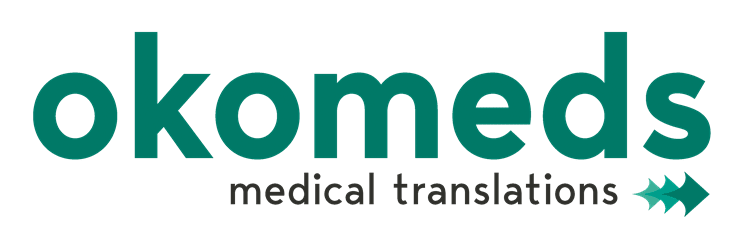
15 Feb Patient satisfaction and medical interpreters
After analysing several studies carried out in different countries on patient satisfaction rate when medical interpreters were provided or needed, we are glad to share our conclusions or interpretation.
We say our interpretation, because the studies are not homogeneous, they analyse different interpreting services, classifications are not always similar, hospitals and clinics differ… But they do show some tendencies that are the subject of this article.
General terms
In general terms, language discordance between medical providers and their patients is a major factor that impedes effective provision of health care.
Communication barriers can affect not only health services access (such as usual sources of medical care and preventive services), but patient satisfactions and health outcomes, as official language non-proficient patients tend to adhere with medical advice in fewer cases and to reduce the follow-up care.
Types of medical interpreting
There are also several types of medical interpreting.
It can be proximate, when it involves an interpreter who is physically present at the encounter or remote, in case the interpreter is outside the room of the encounter.
It can also be simultaneous, when the interpreter interprets at the same time as s/he is hearing the original speech or consecutive, when the interpreting occurs after the speaker has completed speaking, meaning that a pause for interpretation is needed.
Patient satisfaction tendencies with medical interpreters
Can you imagine which the worst scenarios as regards patient satisfaction were?
Yes, the worst patient satisfaction corresponds to the cases were a medical interpreter was needed but not provided.
Although there are different types of medical interpreters, we could not find a single study where satisfaction with different type of medical interpreters is tested.
Studies normally test satisfaction with the available services, and there can be great differences from day to day, taking into account the variability of the interpretation service provider.
What happens when the doctor is bilingual? (Meaning in the official language and the one spoken by the patient) The answer is that in this case patients show very high levels of satisfaction.
Also very high levels of satisfaction can be found when trained professional medical interpreters are provided, whether remote telephone medical interpreters of proximal medical interpreters.
It would be useful if future studies aim to compare possible differences in the effects of bilingual providers, trained hospital medical interpreters, and telephone interpretation or other methods on patient satisfaction.
Lower satisfaction levels are found when an ad hoc interpreter has been found. In these cases, interpreting services are provided by medical or non-medial support staff, as well as patient’s family members. Curiously enough, doctors are more satisfied in the first case and patients and family members on the second.
Patients show that ad hoc interpreters picked among the medical or non-medial support staff are not very diligent with listening to the patient, or they lack personal skills in their manner, explanations, support or answers. On the other hand, patients tend to presume in them lack of technical skills.
When patient’s friends or family members serve as interpreters, they seem to have to struggle to been listened, especially when sensitive issues of the discussion are at stake, as well as complain about lack of manners.
As per telephone medical interprets, although patients tend to be less satisfied than residents, this kind of medical interpreters count among the trained ones. However, in some cases, they are preferred to proximal trained interpreters, mainly when patients are more comfortable with privacy.
Among telephone trained medical interpreters the remote simultaneous interpreting service is the one rating the highest. This type of service can improve patient satisfaction and privacy among patients with language proficiency problems. Implementing them can be considered an important component of a multipronged approach to addressing language barriers in health care.
In this sense, patients randomised in the studies to receive remote simultaneous interpreting were more likely to evaluate their physicians very well and ranked higher in the surveys as regards respect and privacy than patients randomized to receive the usual and customary interpretation.
In case of emergencies, medical interpreters are, in general terms, rated higher.
To conclude, it is important to point out that patient satisfaction studies show the importance of trained medical interpreters when patient fluency of the official language in the country is not proficient. Another conclusion is that technical medical language skills are not enough in medical interpreting, as patient satisfaction is directly correlated to respect, manner and personal skills.
This is not surprising, as the relationship between a doctor and medical interpreter and the patient needs trust, confidentiality and may comprehend uncomfortable issues for the patient.






Sorry, the comment form is closed at this time.